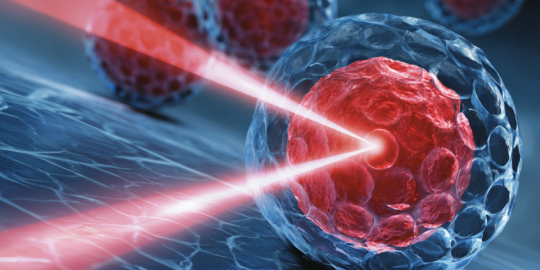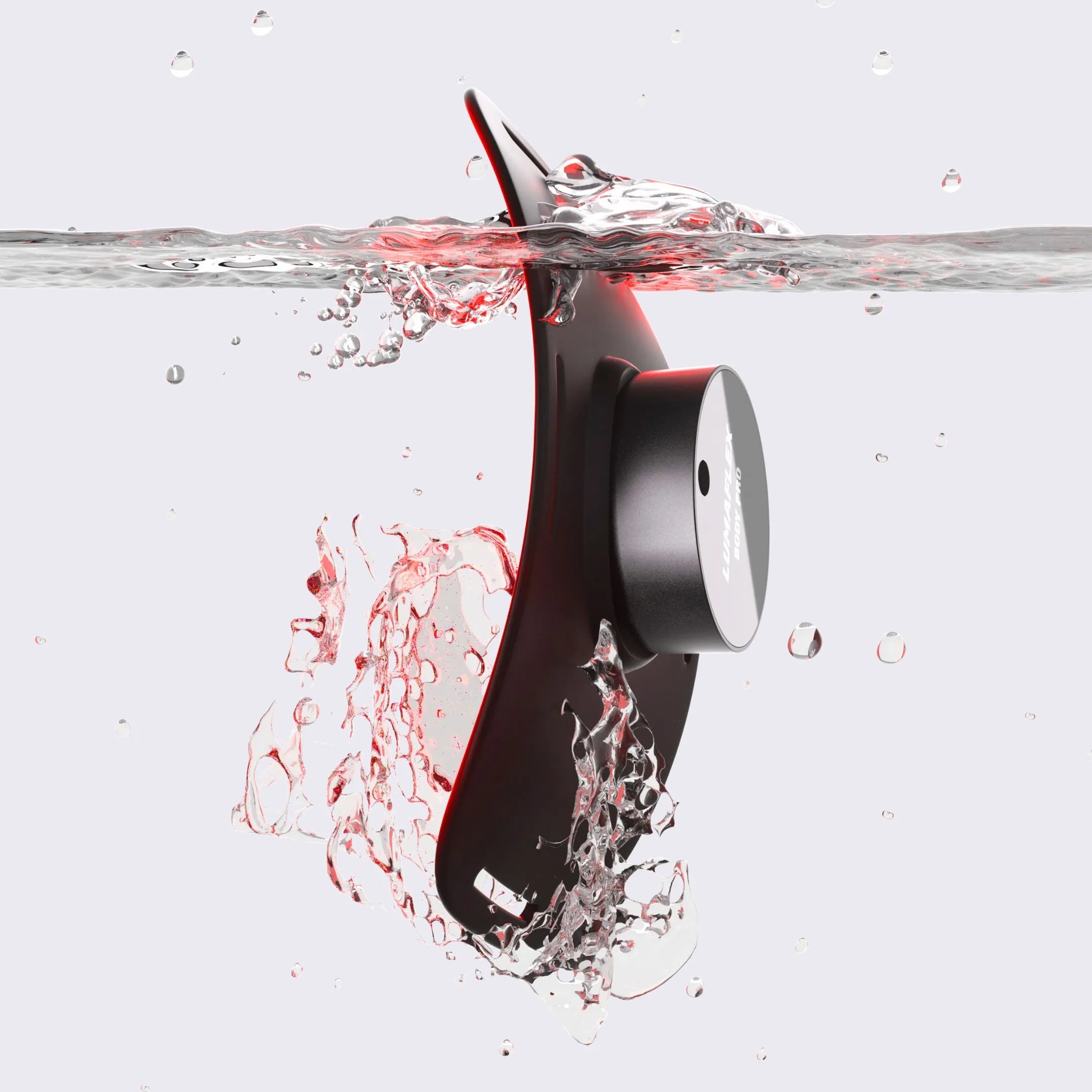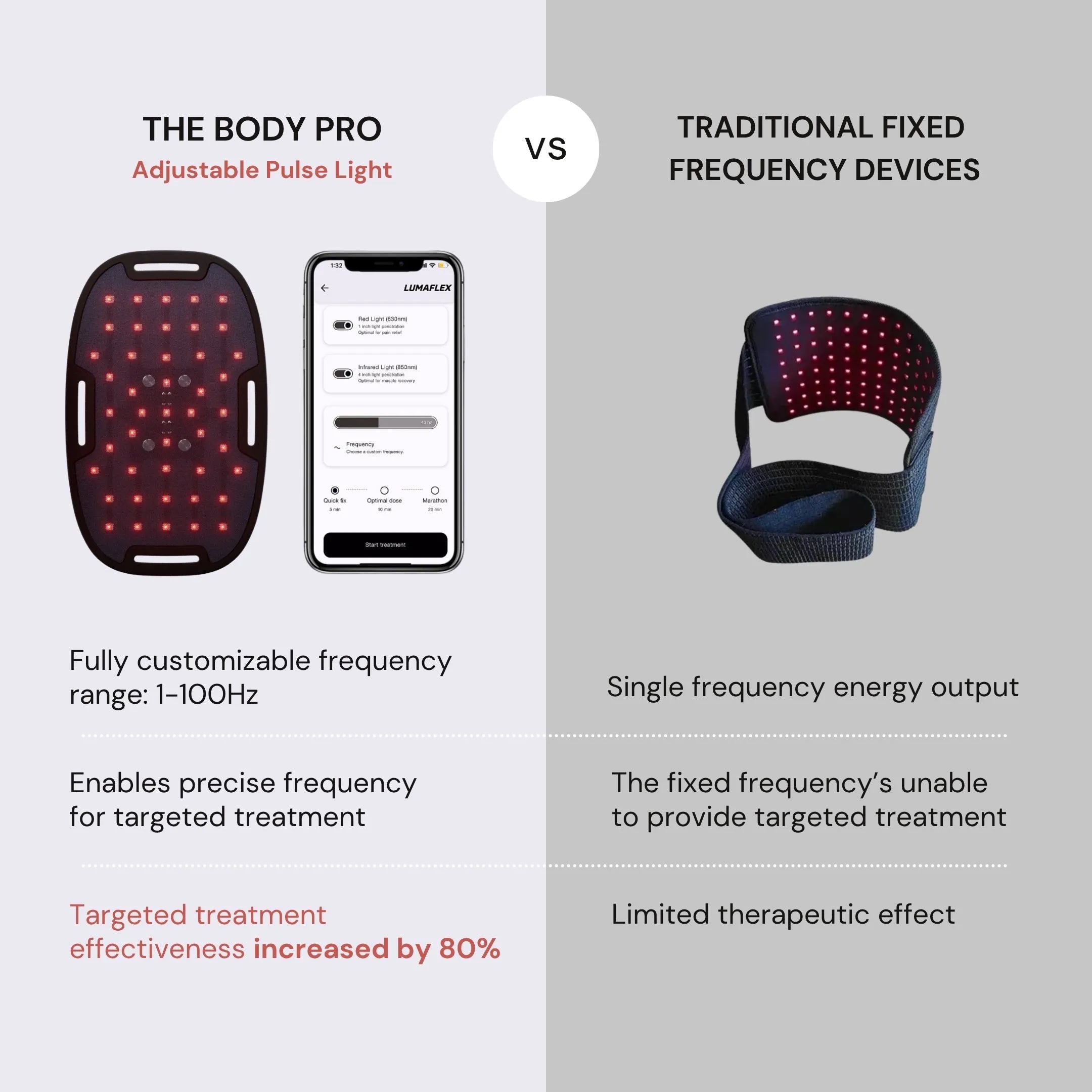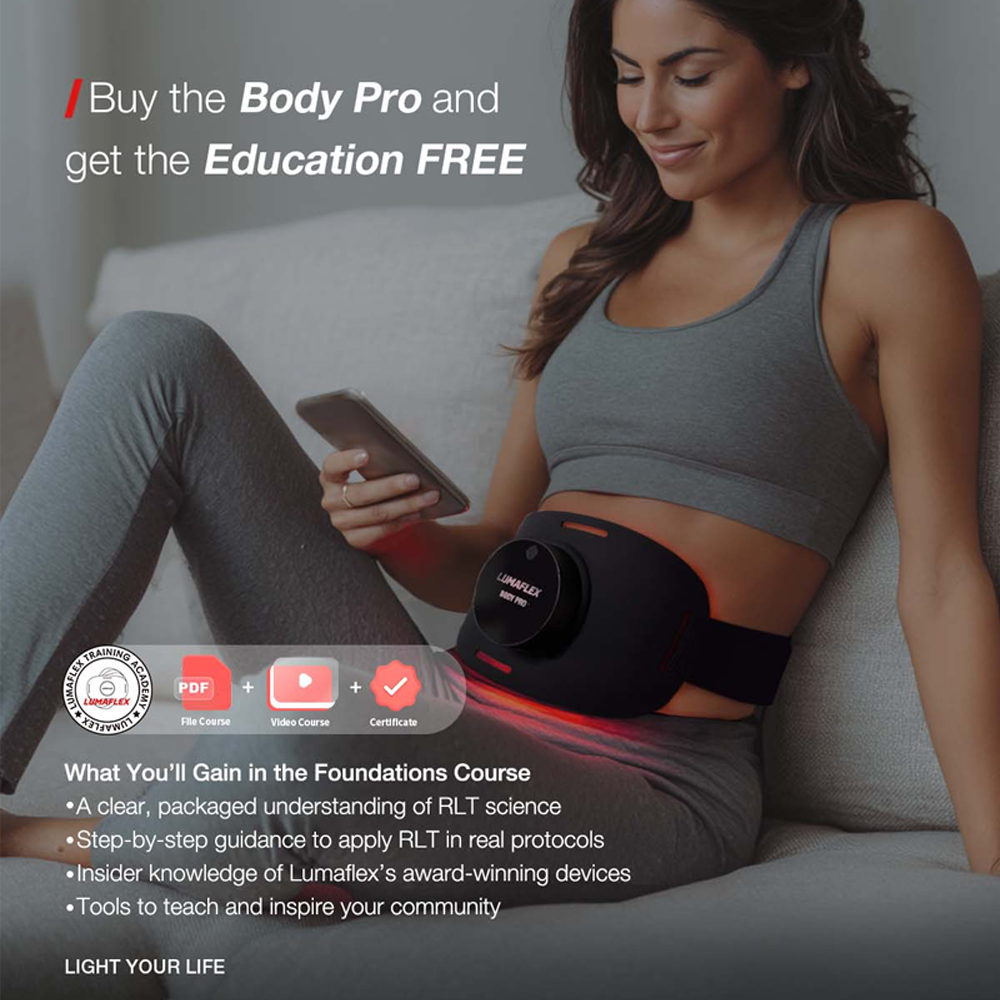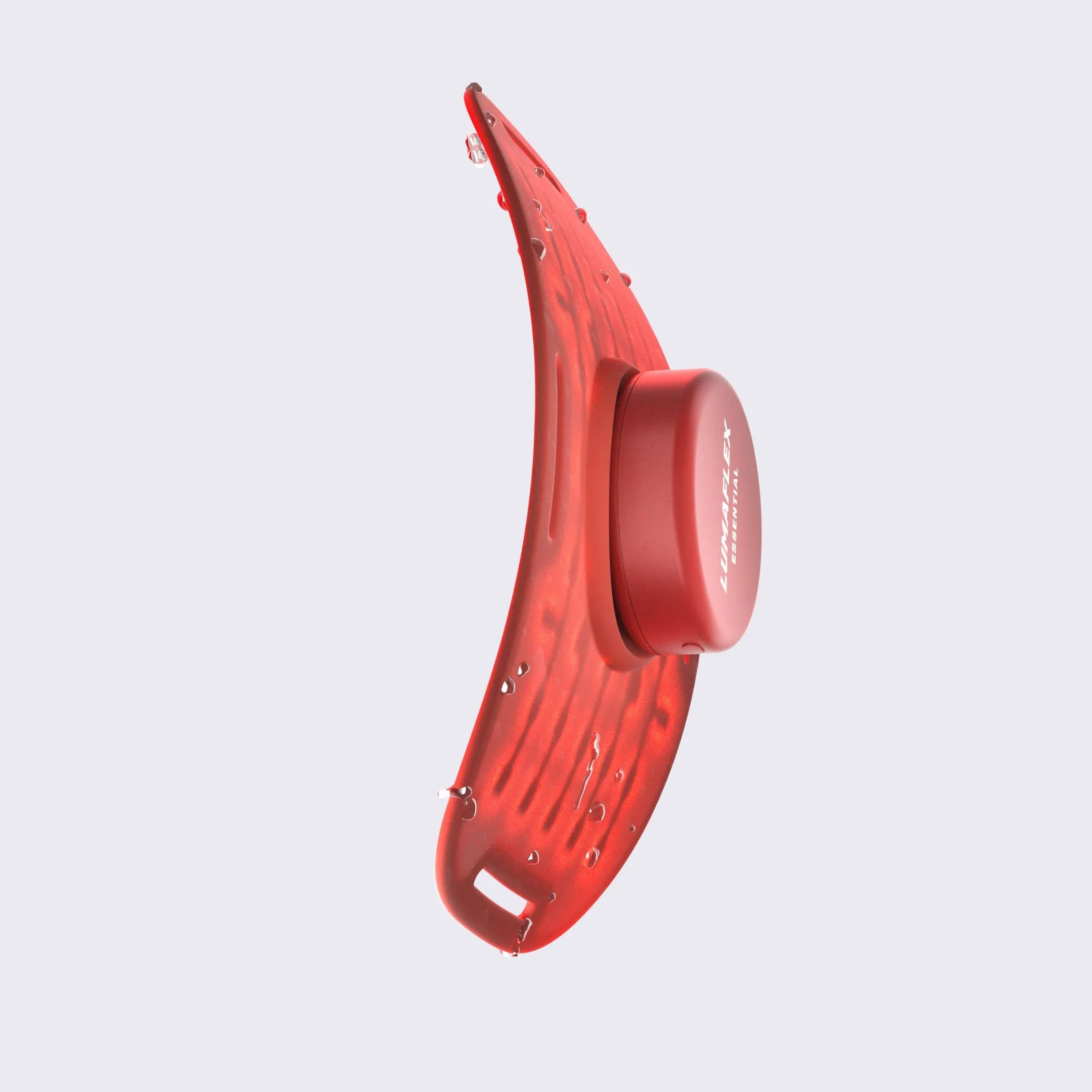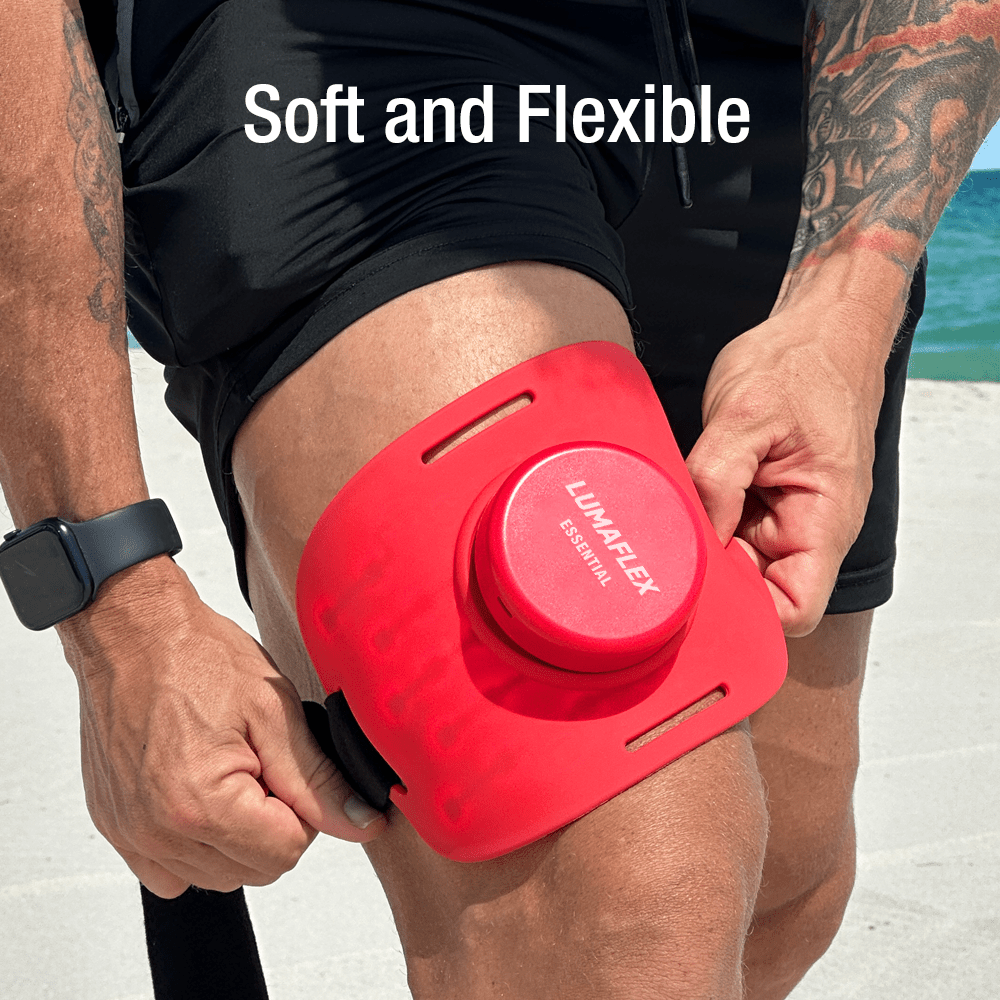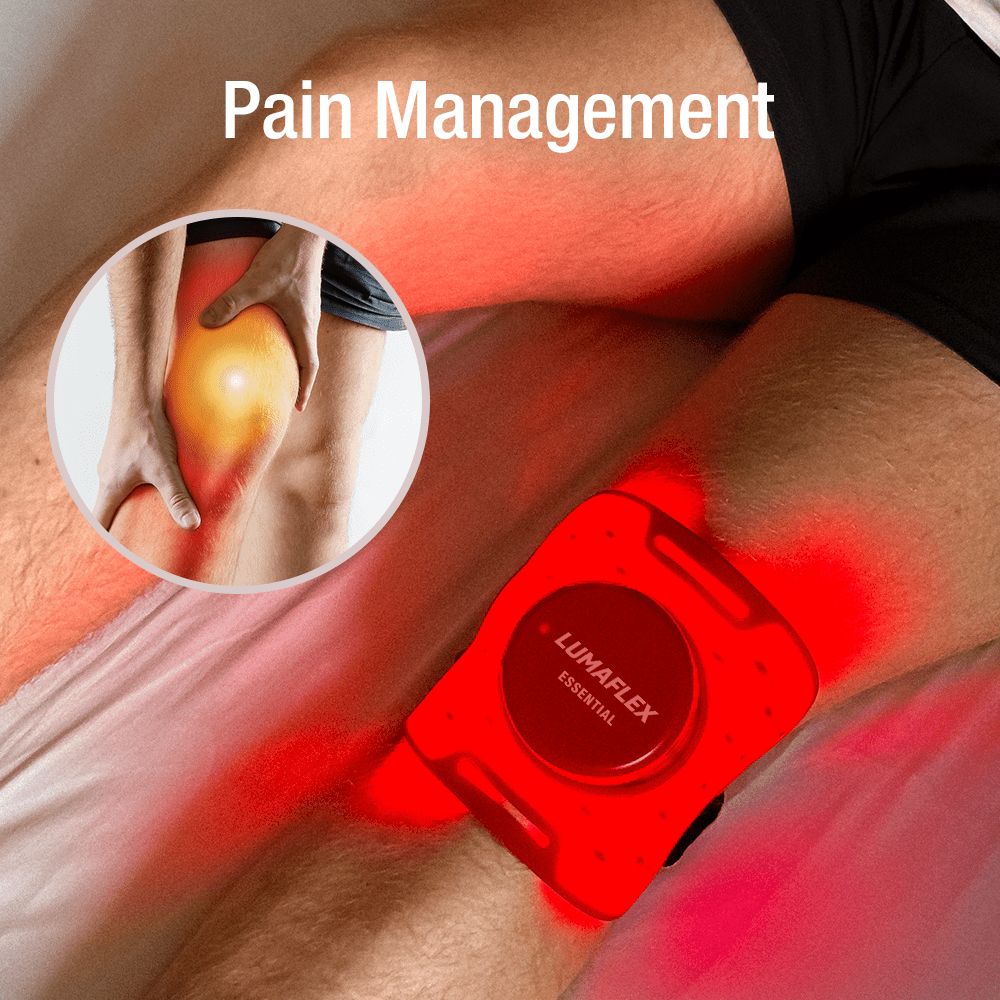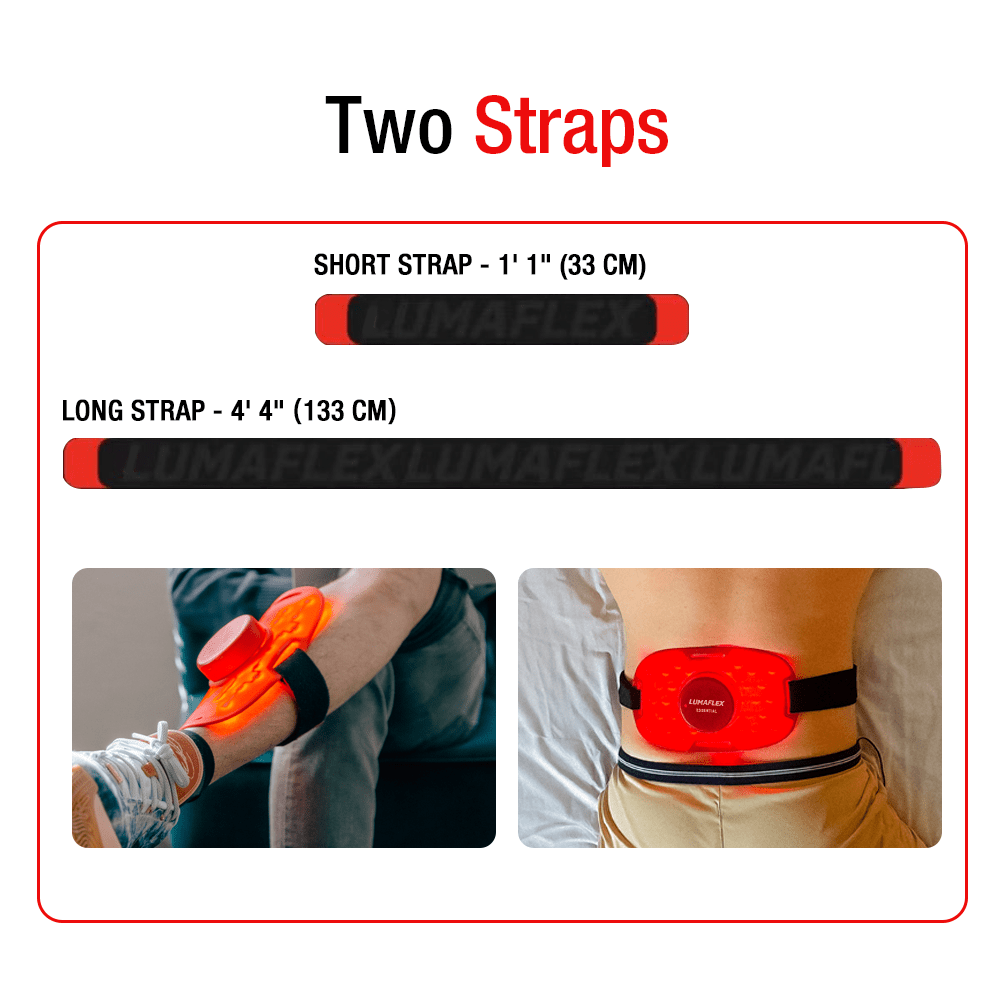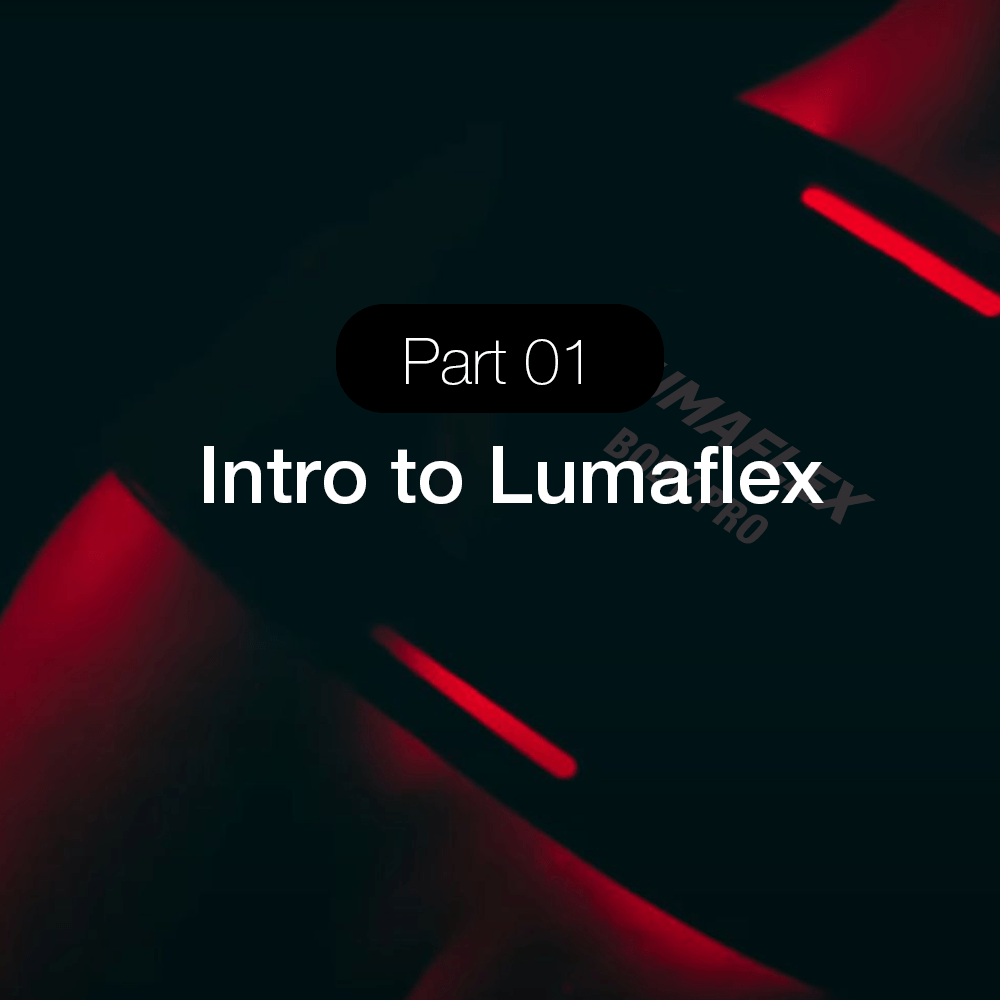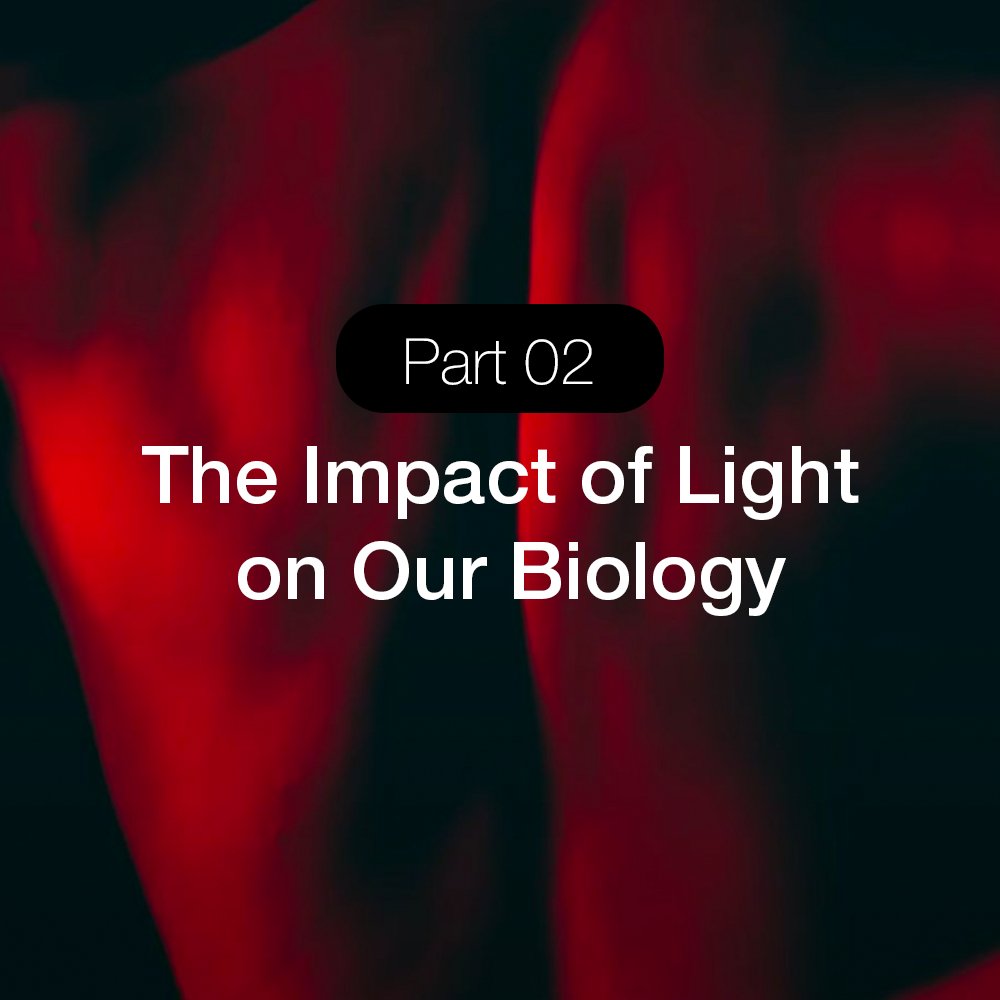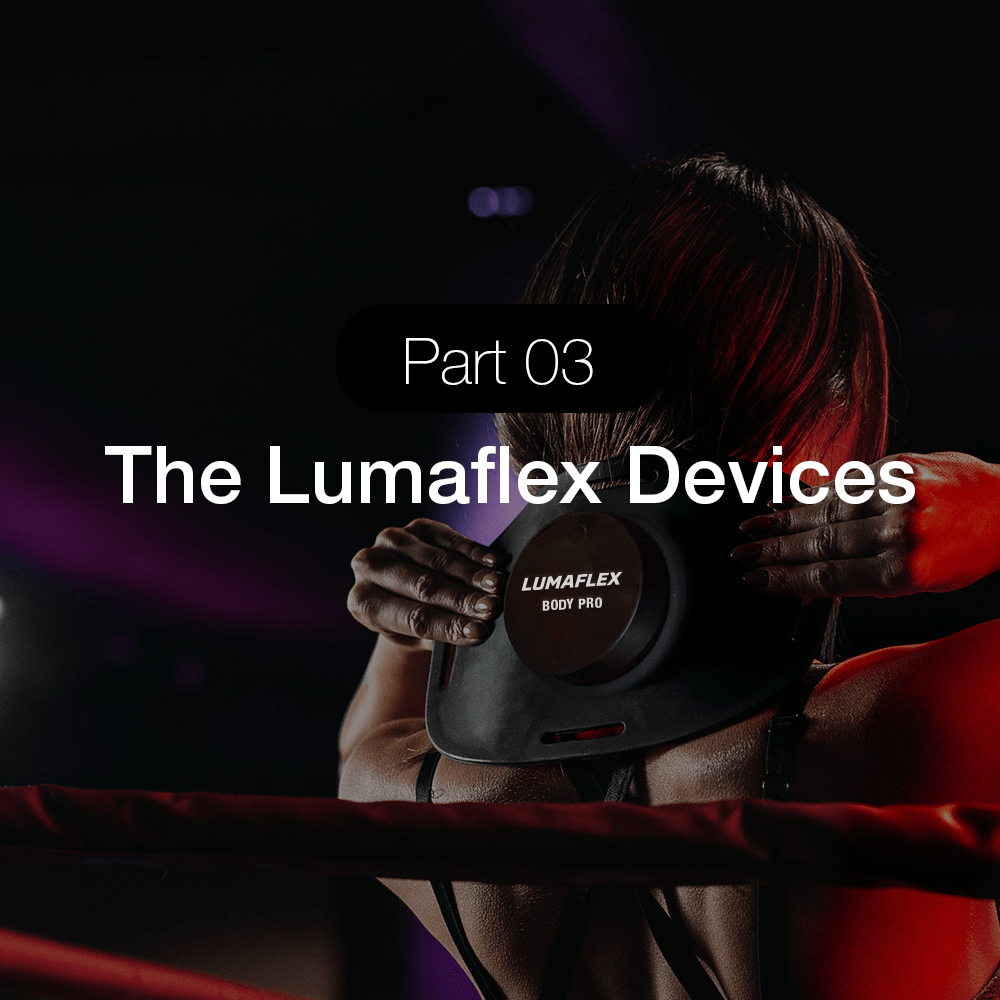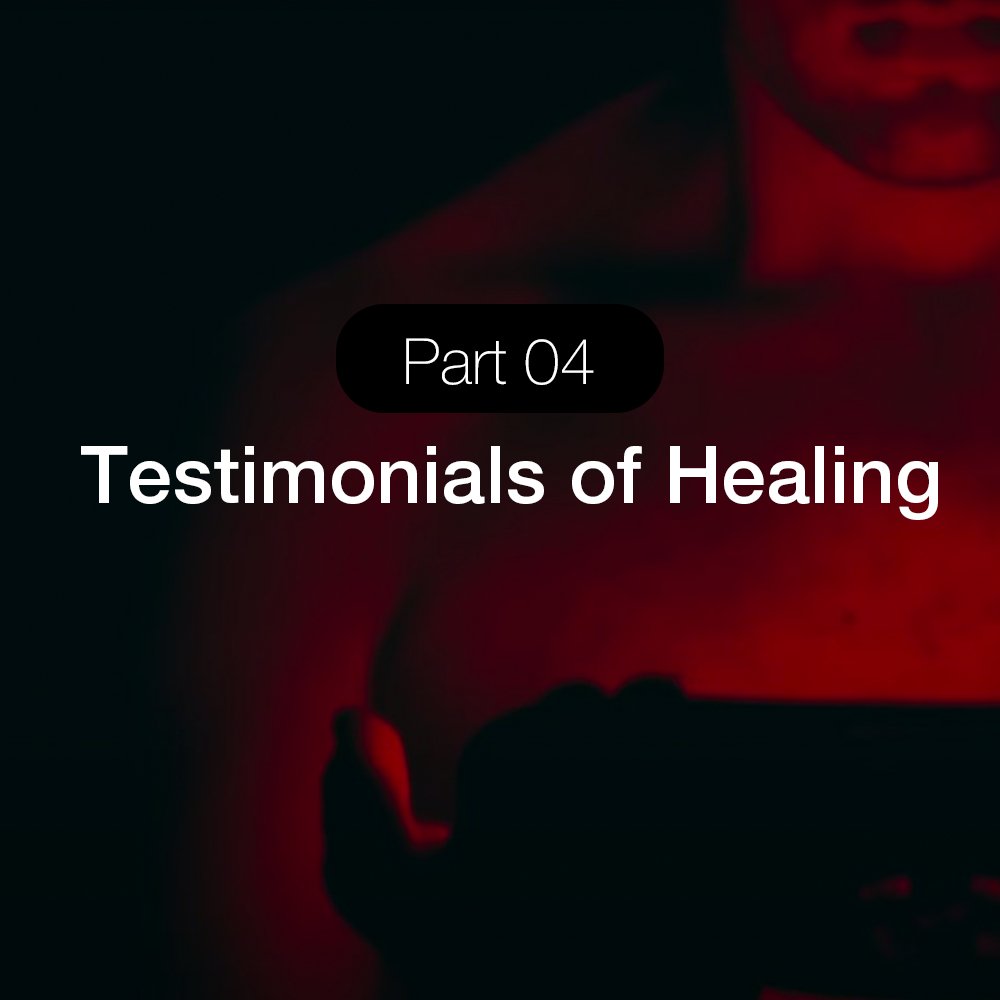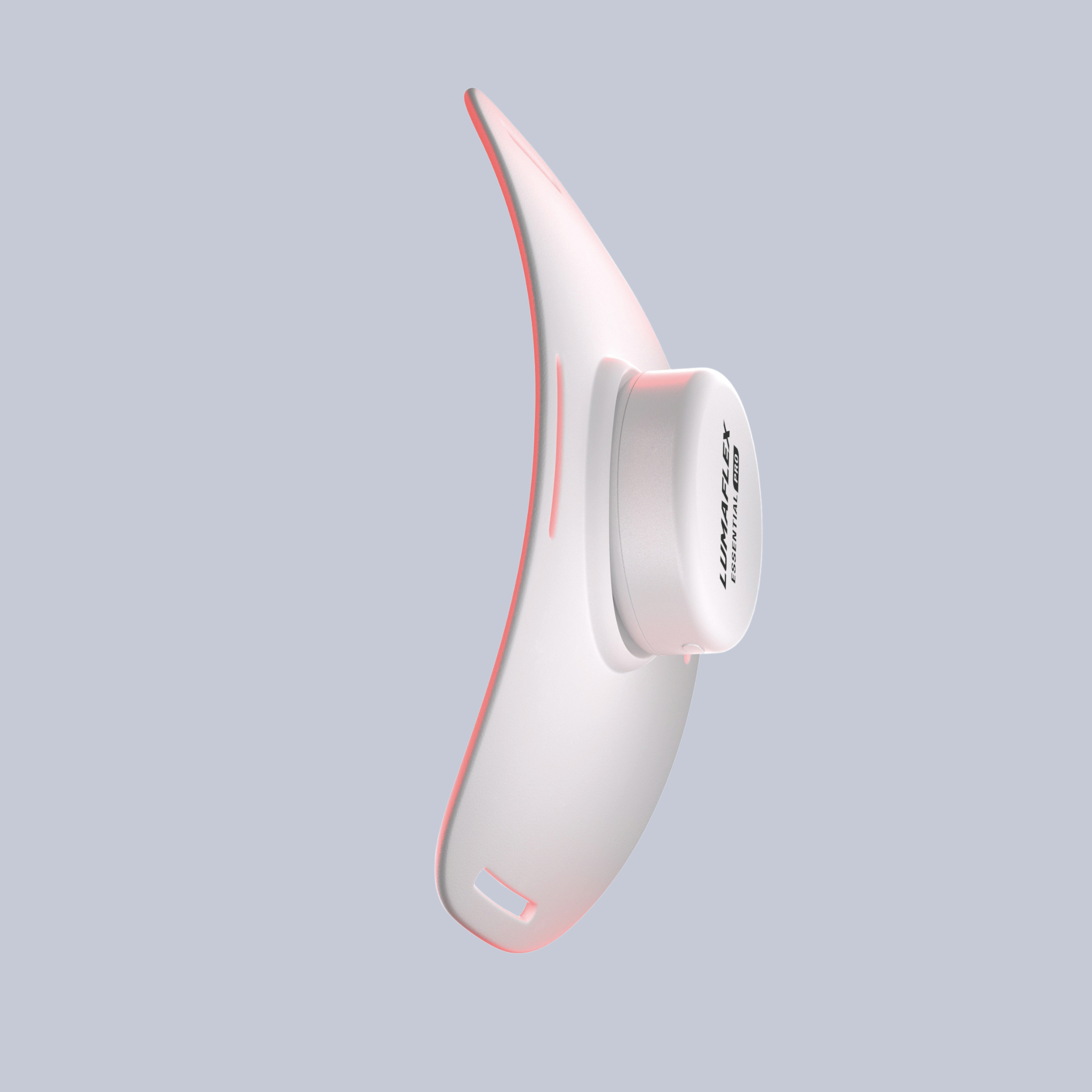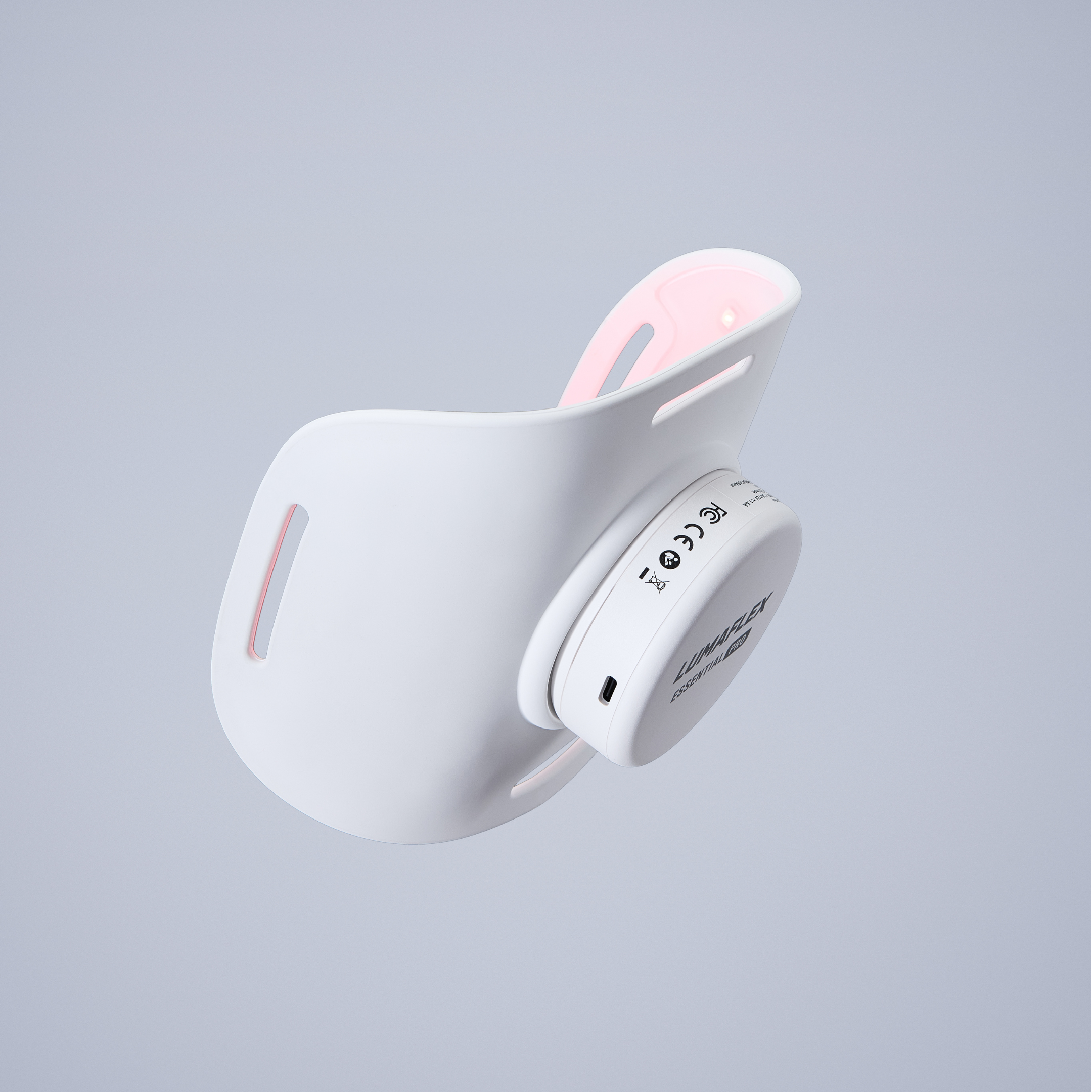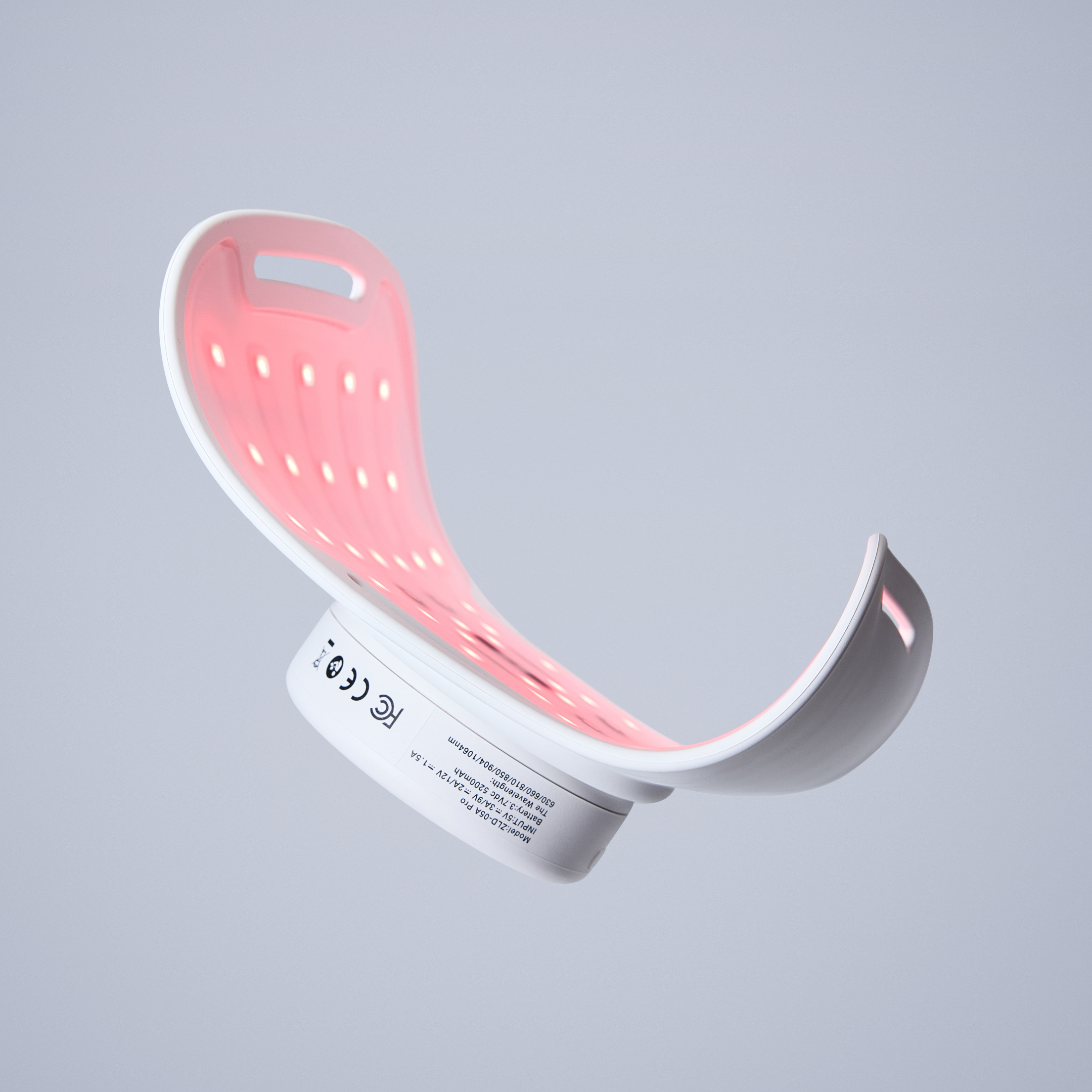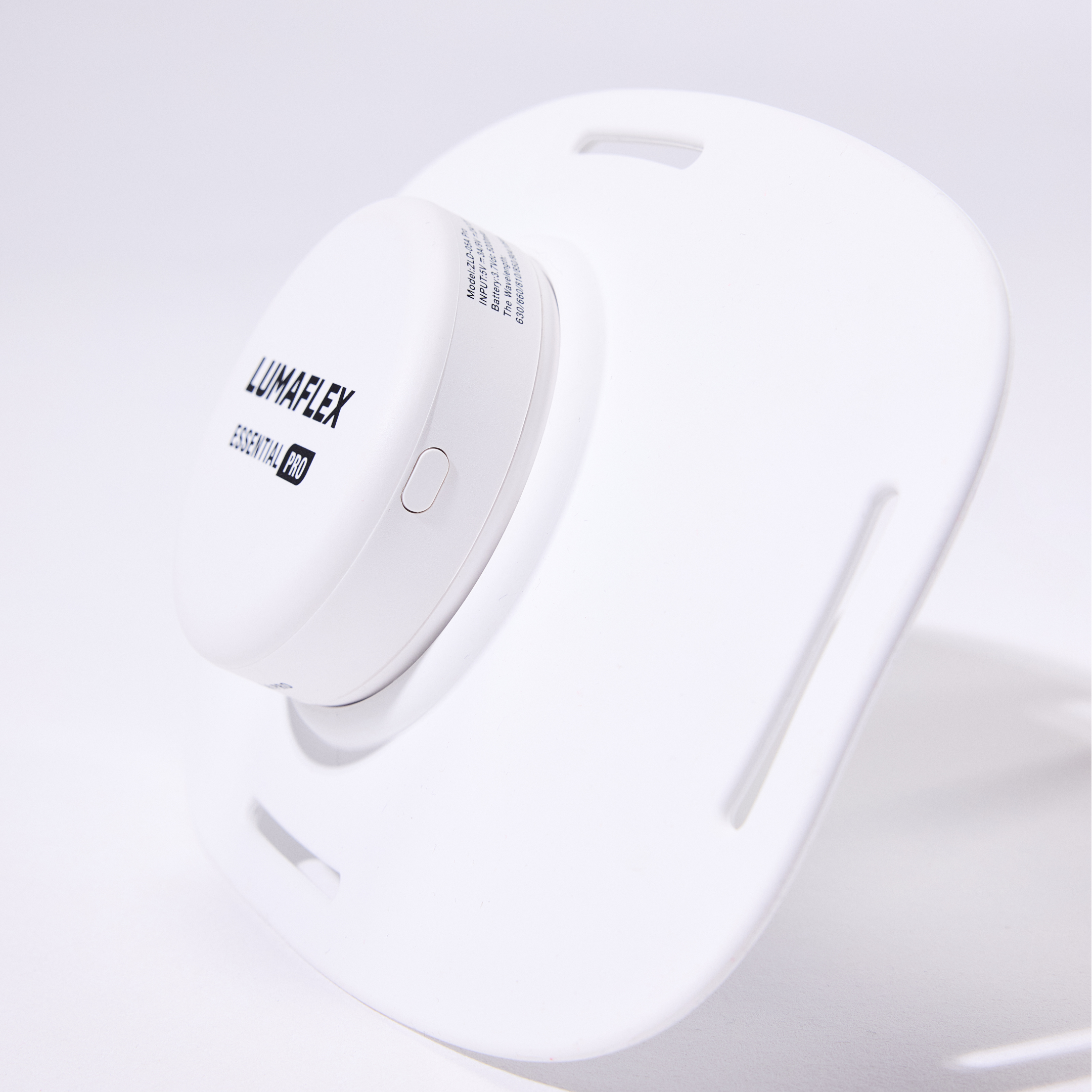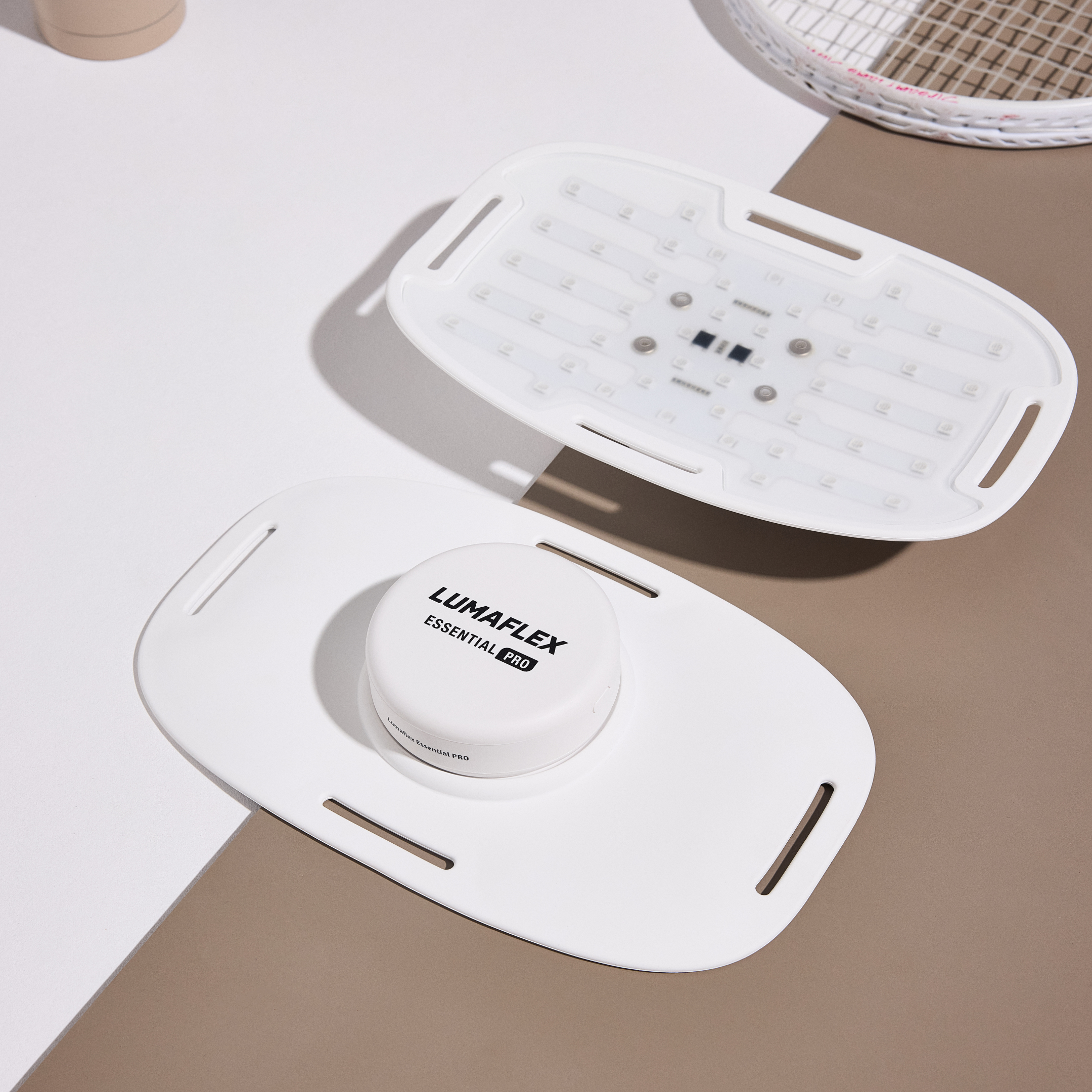LED Photobiomodulation for Nurse Low Back Pain
Bypassing the Heat Risk and Efficacy Limitations of Pulsed 630 nm LED Photobiomodulation Therapy for Anti-Primary Dysmenorrhea: A Prospective Randomized Cross-Over Trial
Lumaflex Research Institute
Study Overview
Description: This is a single-center, double-blind, prospective, randomized controlled trial designed to evaluate the effect of Light-Emitting Diode (LED) photobiomodulation therapy (PBMT) on non-specific chronic low back pain (NSCLBP) in working nurses.
Source: MDPI
Summary
Participants: 148 patients (male and female nurses aged 18 to 65 years ) with a clinical diagnosis of non-specific chronic low back pain (LBP lasting at least 3 months)
Intervention: Intervention Group: Received LED photobiomodulation therapy (PBMT) using 630 nm (Red) and 850 nm (Near-infrared) LEDs.
- Power density:
8mW/cm2 (Red) and 14mW/cm2 (NIR) - Duty cycle: 50% for both wavelengths
- Frequency ranges: 100-300 Hz, 300-1000 Hz, >1000 Hz for specified durations within a 30-minute total session
- Energy delivered:
5.7J/cm2 (Red), 13.4J/cm2 (NIR), total 19.1J/cm2 - Administered 3 times a week for 2 weeks
Sham Group: Received sham (inactive) therapy 3 times a week for 2 weeks using the same device, designed to maintain blinding.
Methods: Primary outcome measures included visual analog scale (VAS) for pain, lumbar active range of motion, and chair-rising times. Secondary outcome measures included multidimensional fatigue inventory (MFI), fear-avoidance beliefs questionnaire (FABQ), and the Oswestry disability index (ODI). Outcome measures were assessed at baseline, and 2, 4, 8, 12 weeks, and 6 months after the first interventions.
Conclusion
This study revealed that LED therapy could be an effective alternative treatment for non-specific chronic low back pain (NSCLBP) by reducing pain and fatigue and improving fear-avoidance beliefs, function, and quality of life


